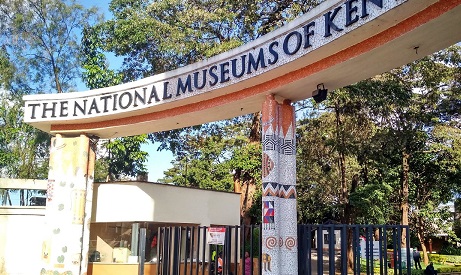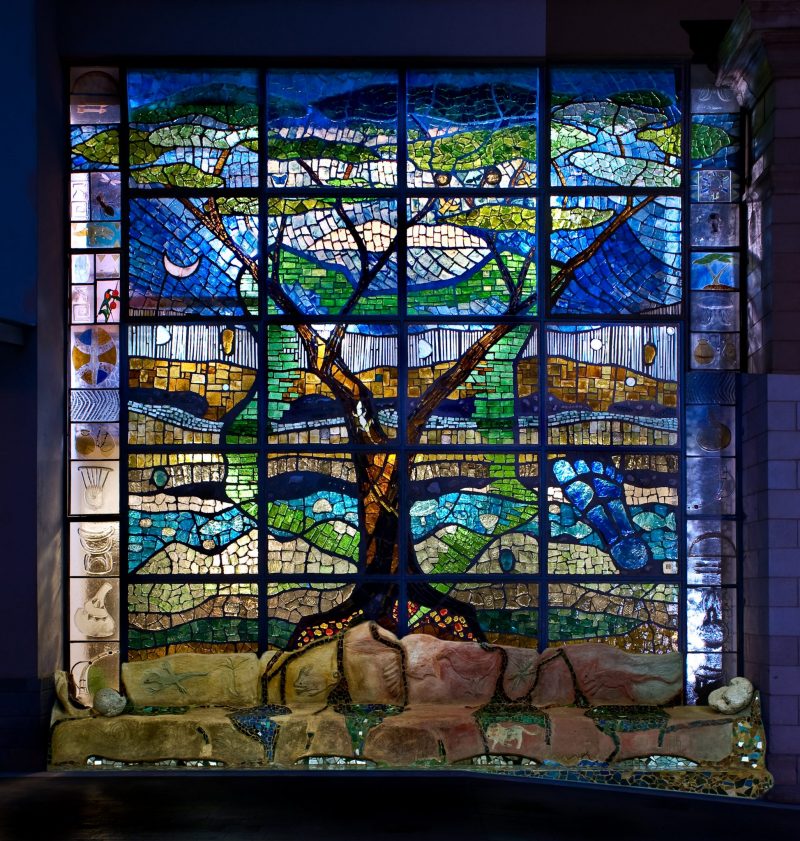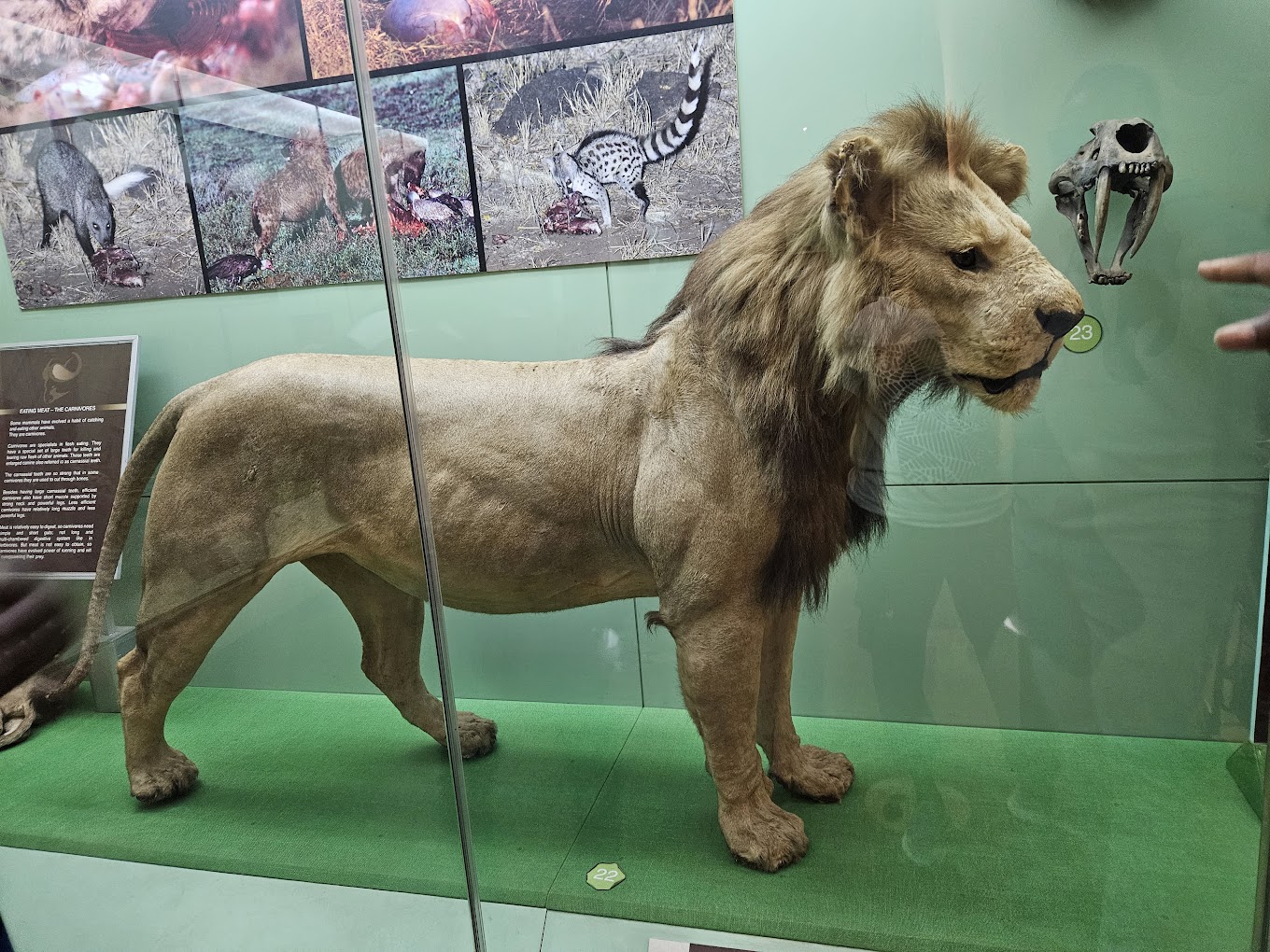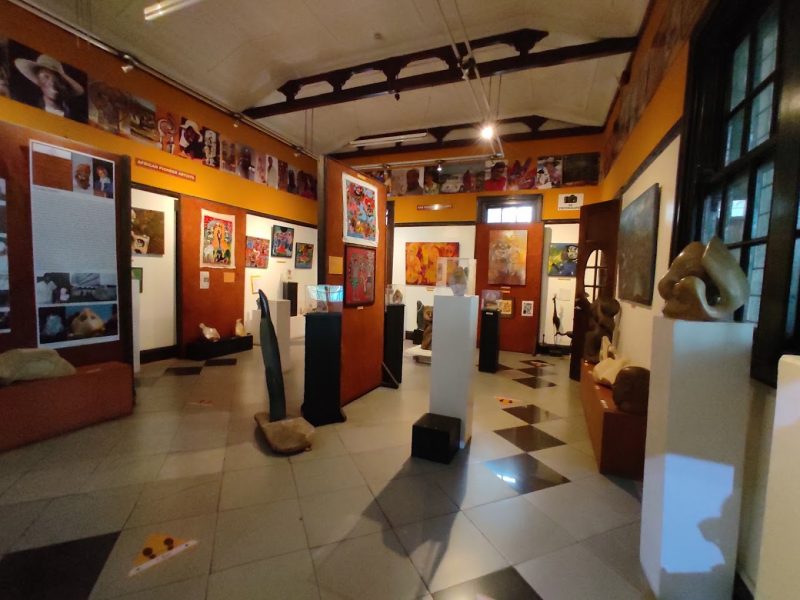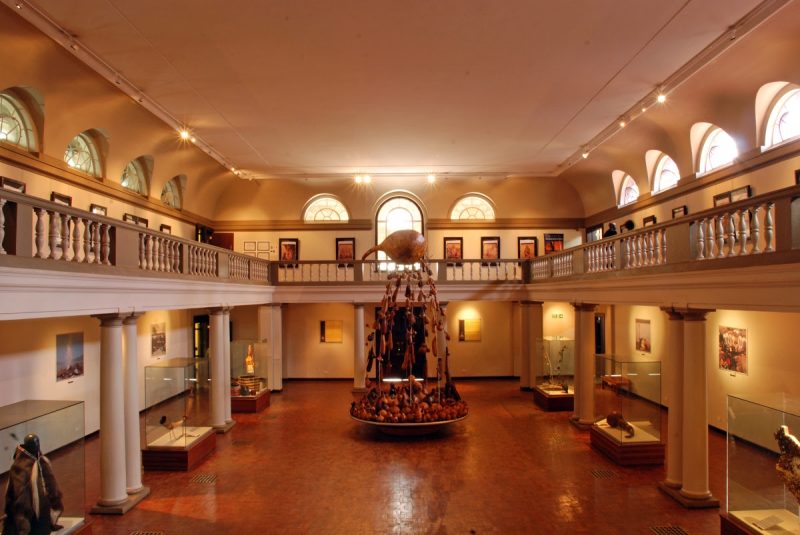Entrance Fees For Museums In Kenya
Kenya, a country renowned for its stunning landscapes, diverse wildlife, and rich cultural heritage, is home to a variety of museums that showcase its history, art, and traditions. Visiting these museums provides a unique opportunity to delve into the rich tapestry of Kenyan culture to both local residents and tourists alike. However, before planning your visit, it is essential to understand the entrance fees and charges associated with these museums in Kenya. This comprehensive guide aims to provide detailed insights into the costs and any additional charges that may apply.
Role of museums in Kenya
Museums in Kenya serve as critical institutions for preserving the nation’s heritage and educating the public. From natural history to contemporary art, these establishments offer a plethora of exhibits that reflect the country’s history and its people. Some of the most prominent museums include the Nairobi National Museum, the Karen Blixen Museum, and the Nairobi Railway Museum. Each of these venues not only features unique collections but also plays a role in the community by hosting events and educational programs.
Entrance Fees for major museums in Kenya
1) Nairobi national museum: The Nairobi National Museum is one of the most visited museums in Kenya. It offers an extensive collection that includes archaeological, ethnographic, and artistic displays. The entrance fee for adults is approximately Shs. 1,200/-, while students pay a reduced rate of around Shs. 600/-. Additionally, children under the age of 12 can enter for free, making it a family-friendly destination.
2) Karen Blixen museum: Located at the former home of the famous author of Out of Africa, the Karen Blixen museum is another must-visit site. The entrance fee here is approximately Shs. 1,000/- for adults and Shs. 400/- for students. Guided tours, which enrich the experience, may incur an additional charge, so it’s advisable to check in advance.
3) Nairobi railway museum: For those interested in Kenya’s railway history, the Nairobi Railway Museum provides a fascinating look into the development of rail transport in the region. The entrance fee is relatively affordable, typically Shs. 600/- for adults and Shs. 300/- for children and students. This museum often holds special exhibitions, which may have separate entrance fees.
Other notable museums
Kenya has several other noteworthy museums, each with its own entrance fees:
- Maasai cultural museum: Focused on the Maasai people’s traditions, the entrance fee is approximately Shs. 500/-
- Bomas of Kenya: Known for showcasing traditional music and dance, the entrance fee is about Shs. 1,000/-, which often includes a performance.
- Nairobi gallery: This art gallery usually charges around Shs. 300/- for entry.
Discounts and special offers
Many museums in Kenya offer discounts for students, children, and senior citizens. Additionally, some institutions have free entry days or promotional periods, particularly during international museum days or local festivals. It is advisable to check each museum’s official website or contact them directly for the most accurate and up-to-date information regarding any special offers.
Payment methods
Most museums in Kenya accept various forms of payment, including cash and mobile money platforms like M-Pesa, which is widely used in the country. However, credit and debit cards may not always be accepted at all venues, so it’s wise to carry some cash for your visit. Additionally, some museums may offer packages that include entry fees along with guided tours or other services.
Additional charges and tips
While entrance fees cover basic access to the museums, there may be additional charges for specific experiences, such as guided tours, photography, or special exhibitions. Here are a few tips to keep in mind:
- Guided tours: Consider investing in a guided tour to enhance your experience. Guides offer in-depth knowledge that can provide valuable context to the exhibits.
- Photography: Some museums may charge a fee for photography, especially if you are using professional equipment. Always check the photography policy before your visit.
- Souvenirs and gifts: Many museums have gift shops where you can purchase local crafts, books, and memorabilia. Budgeting for these items can enhance your experience.
- Food and beverages: Some museums have cafes or restaurants on-site. Factor in the cost of meals or snacks if you plan to spend an extended period at the museum.
Planning your visit to museums in Kenya
When planning your visit to museums in Kenya, consider the following tips to make the most of your experience:
- Research before you go: Familiarise yourself with the museum’s collection, current exhibitions, and any special events. This will help you prioritise what you want to see.
- Check opening hours: Museums in Kenya typically operate from 9AM to 5PM, but hours can vary, especially on weekends or holidays. Verify the hours before your visit.
- Plan for transportation: Depending on your location, plan how to get to the museum. Public transport options like matatus are available, but ride-hailing services can also be convenient.
- Visit during off-peak hours: If possible, visit during weekdays or earlier in the day to avoid crowds, allowing for a more enjoyable and intimate experience.
- Engage with local culture: Many museums also host cultural events, workshops, and exhibitions. Participating in these activities can deepen your understanding of Kenya’s cultural heritage.
Budget your museum visit
Museums in Kenya are treasure troves of knowledge and culture, offering visitors a glimpse into the nation’s rich history and artistic heritage. While entrance fees vary across different museums, they remain affordable and accessible for most visitors. By planning your visit and understanding the associated costs, you can fully immerse yourself in the fascinating stories that these institutions have to tell.
Explore the Nairobi National Museum, wandering through the Karen Blixen Museum, and delving into the history of the railway at the Nairobi Railway Museum. Each experience is unique and enriching. So, gather your family and friends, and set out to explore the vibrant world of museums in Kenya, all while gaining insights into a country that is as diverse as its landscapes.

